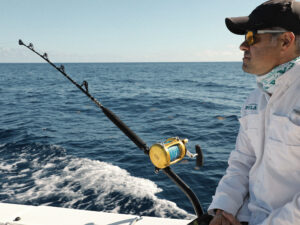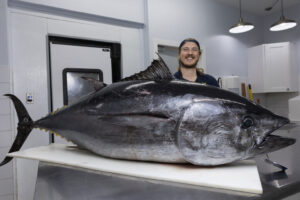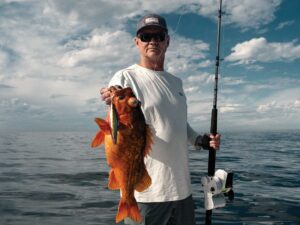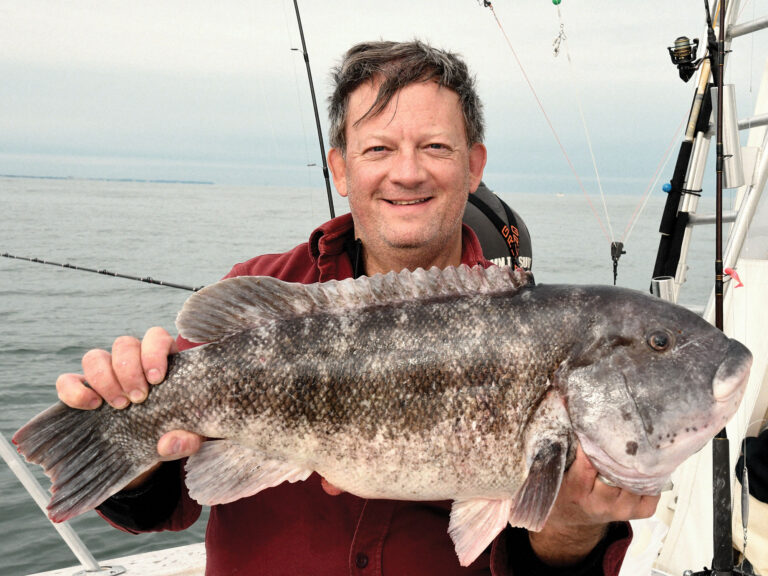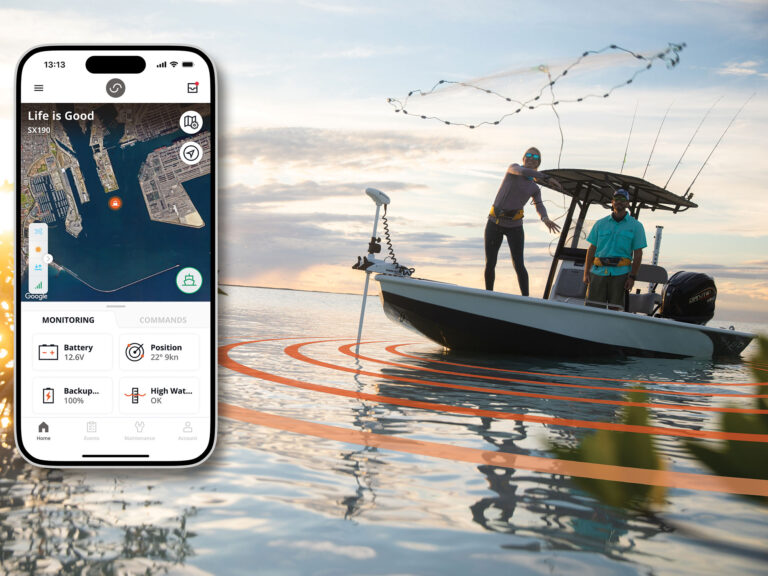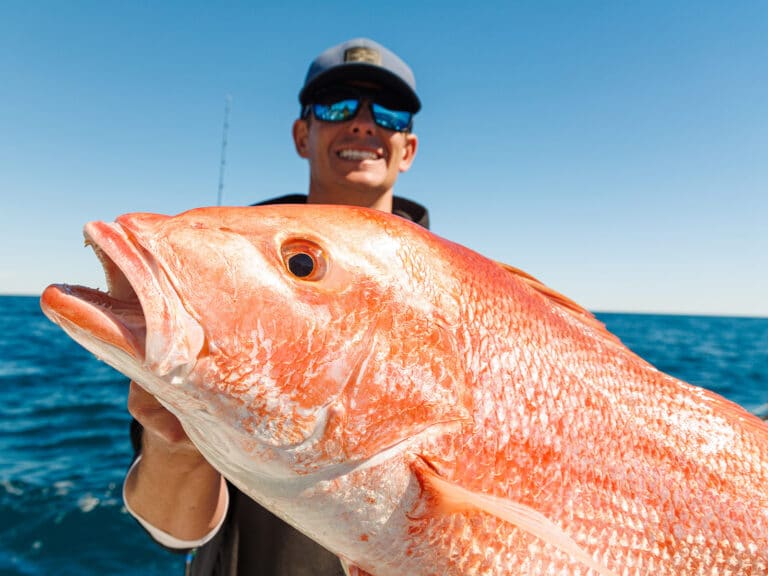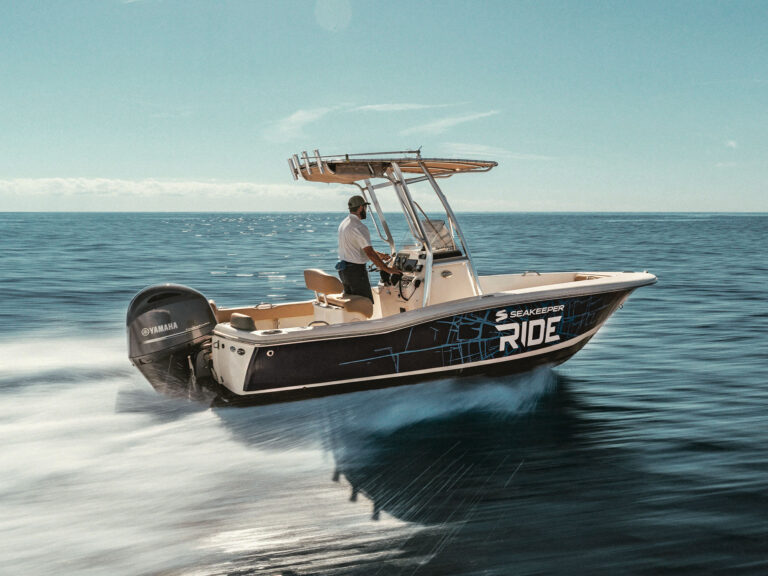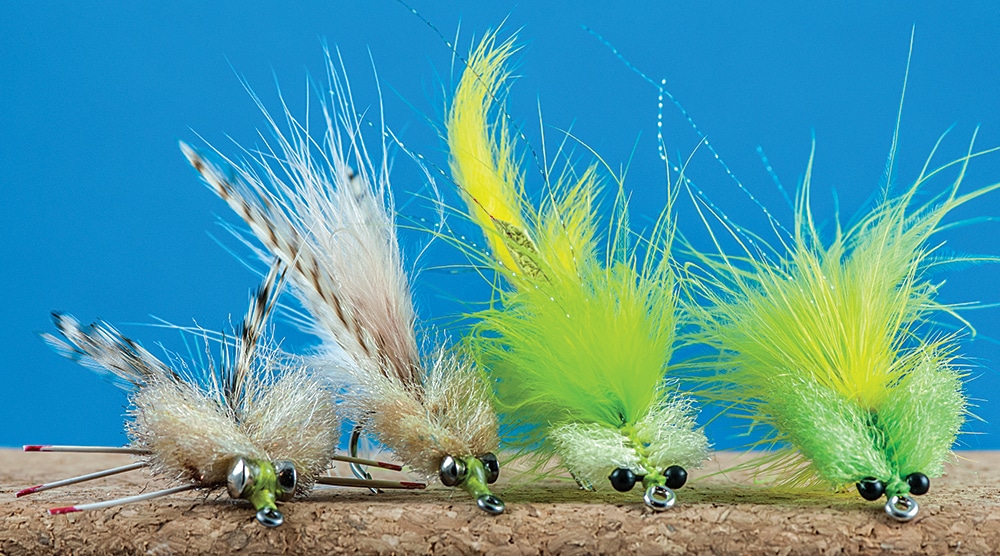
Tarpon Toad Fly Evolution
**To learn how to tie the tarpon toad fly, click****_ ****_here.**** **
Learning about the history of a fly and its originator gives the fly its soul. In the case of the Toad, probably one of the most significant tarpon flies to come along in the past 50 years, I’ve looked back at its roots and have attempted to uncover its pedigree.
Before we can begin, we must look back at two gentlemen who provided the inspiration that allowed the Toad to come into being, Del Brown and Capt. Harry Spear. The late Del Brown was a famous permit angler from California, spending the majority of his guided days pursuing these wary game fish. Del designed a fly called the Merkin, which was originally tied from rug yarn, feathers, rubber bands and lead eyes. The Merkin was designed sink hook point up, straight to the bottom resembling a crab. Del’s technique of tying single pieces of yarn one at a time, perpendicular to the shank, and trimming the yarn to resemble a crab body was an innovative concept that opened the door to many flies.
Well-known Florida guide, fly tier and boatbuilder Capt. Harry Spear began altering his Merkins to be more of a swimming fly than a diving one. While reviewing the stomach contents of a large bonefish one day, Harry noticed toadfish inside. He attempted to mimic this small fish by elongating a Merkin, eliminating its legs and tying the lead eyes on the underside of the shank so it would swim hook down. Harry appropriately named the fly the Tasty Toad. It was much slimmer than the wider-bodied Merkin and attracted the attention of many hungry bonefish. Harry’s clients used Tasty Toads on a daily basis. Gary Merriman was one such client who took a particular interest in his guide’s creation.
Gary is an avid saltwater angler who resides in Atlanta and owns the Fish Hawk fly shop. Well aware of how deadly Del’s Merkin was on permit and how irresistible bonefish found Harry’s Tasty Toad, Gary began experimenting.
One evening, out of boredom, Gary was watching an old 3M VHS tape depicting the late Billy Pate fly-fishing for tarpon. He was drawn to some footage in the video of a traditional Stu Apte-style tarpon fly swimming underwater. He noticed that the fly bounced up and down as it swam. It was at that moment that a light went off in his head — baitfish don’t bounce. Using the Merkin and the Tasty Toad as inspiration, Gary began working on his new pattern. He wanted this fly to swim, but not sink. His original had an inverted yellow rabbit-strip tail. He then added a chartreuse marabou collar, built a flat, wide body with tan and chartreuse poly yarn, and used black plastic eyes. This fly would swim, plane, suspend like a real baitfish high in the water column and sink slowly. The fly would land soft and move naturally in the water. But would a tarpon react favorably to it?”>Gary and his good friend Ron Winters went to Loggerhead Basin, where they knew some large, laid-up, lazy, difficult to fool tarpon would be. Gary cast his Toad and it landed 15 feet wide of where he intended. As he slowly stripped the fly, one of the giants caught a glimpse of it dancing in the distance. The fish turned and broke away from the group. The possessed fish raced 10 feet to inhale the fly and launched in the air. This would become a common occurrence over the next few years, and the Toad was a well-kept secret among Gary’s close fishing friends.
Not long after that, Gary would show his Toad fly to his captain, Tim Hoover. Tim claimed to be experimenting at the time with another suspending fly he created called the Tweety Bird, which was tied with chartreuse and white spun deer hair that he trimmed flat. It was a good tarpon fly, but it wasn’t able to swim with neutral buoyancy and stay subsurface in front of the fish like the Toad. So Tim switched it out for Gary’s fly.
Eventually, Tim would forge a great friendship with and gain a tournament teammate in Andy Mill. The duo immediately began to catch and jump many big tarpon using Gary’s secret Toad fly. Eventually, Tim decided to modify Gary’s original fly by eliminating the rabbit strip and using a short plume of marabou instead. This allowed the fly to sink a little better and also reduced the possibility of fouling. Now, the boys had an even deadlier tarpon fly that nobody was fishing. Tim’s favorite colors were a chartreuse body with a yellow collar, a chartreuse marabou tail and plastic eyes.
Tim said he and Andy fished their modified marabou Toad for at least 10 years together, winning prestigious events such as the Gold Cup tarpon tournament, five times, and placing second twice in eight years. Tim attributes the true magic of the fly to its ability to suspend and to Andy’s skill as an angler and his ability to keep the fly in front of the fish. Getting fish that weren’t hungry to eat was what separated the men from the boys.
**Toads for Teeth**** **
Toad flies have been fished all over the globe for smaller species like bluegill, carp and largemouth bass and larger species like stripers, tarpon and, believe it or not, mako sharks. Toads can be tied in all sizes (from 8 to 8/0), shapes and colors. While smaller versions might be tied with thin poly yarn for smaller species like bluegill, Conway Bowman in San Diego uses the large, floating Mako Toads with buoyant craft foam strips that are tied onto a tube, creating a wide, flat body. These flies can be easily trimmed in the field to optimize their performance. Conway likes to fish these large orange or red Mako Toads with a trace of single-strand wire. He says the V-wakes that the fly leaves on the surface after it is stripped really get the sharks excited. Mako Toads don’t necessarily cast very well, but when the sharks are fired up and around the boat, a 30-foot cast is all it takes.

